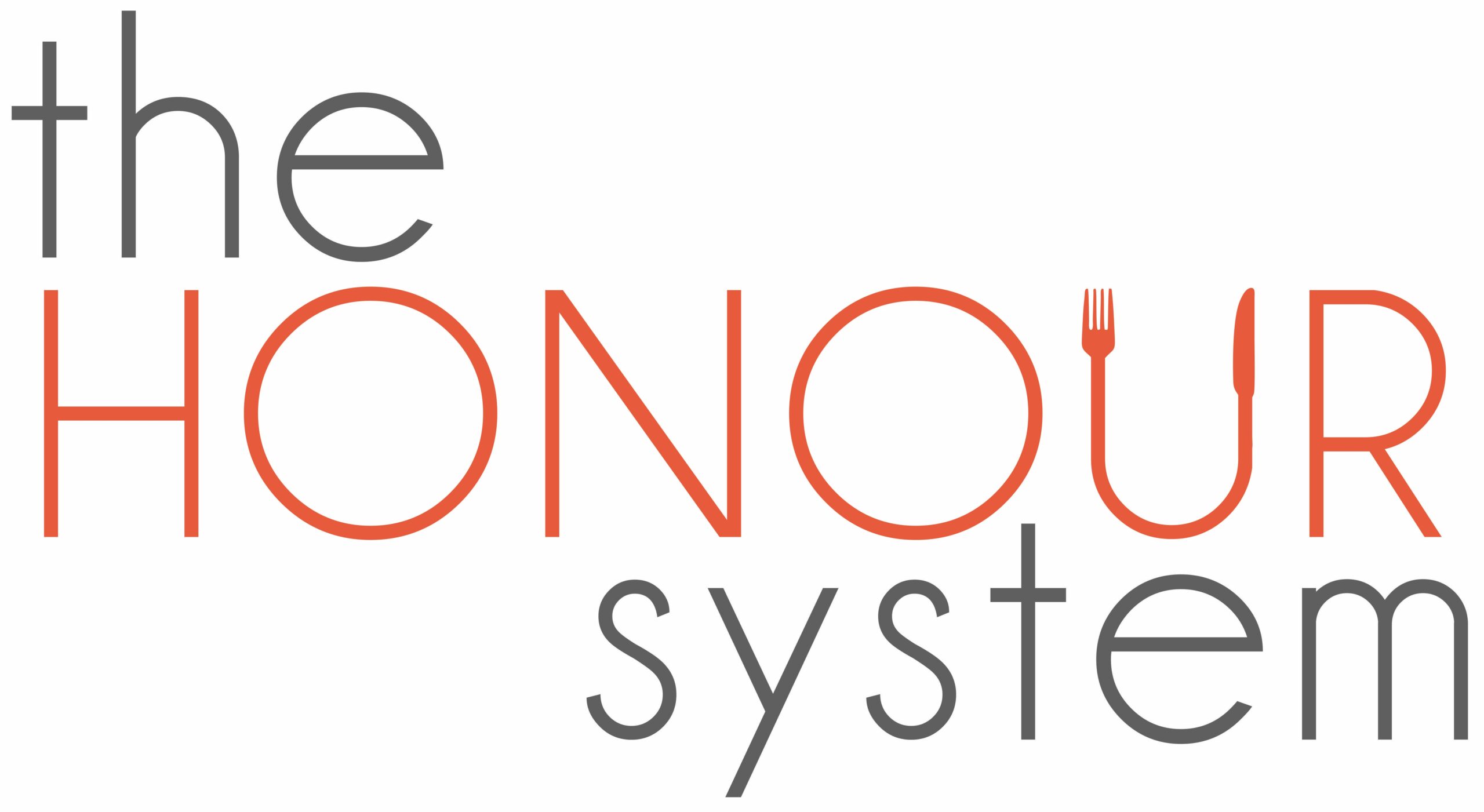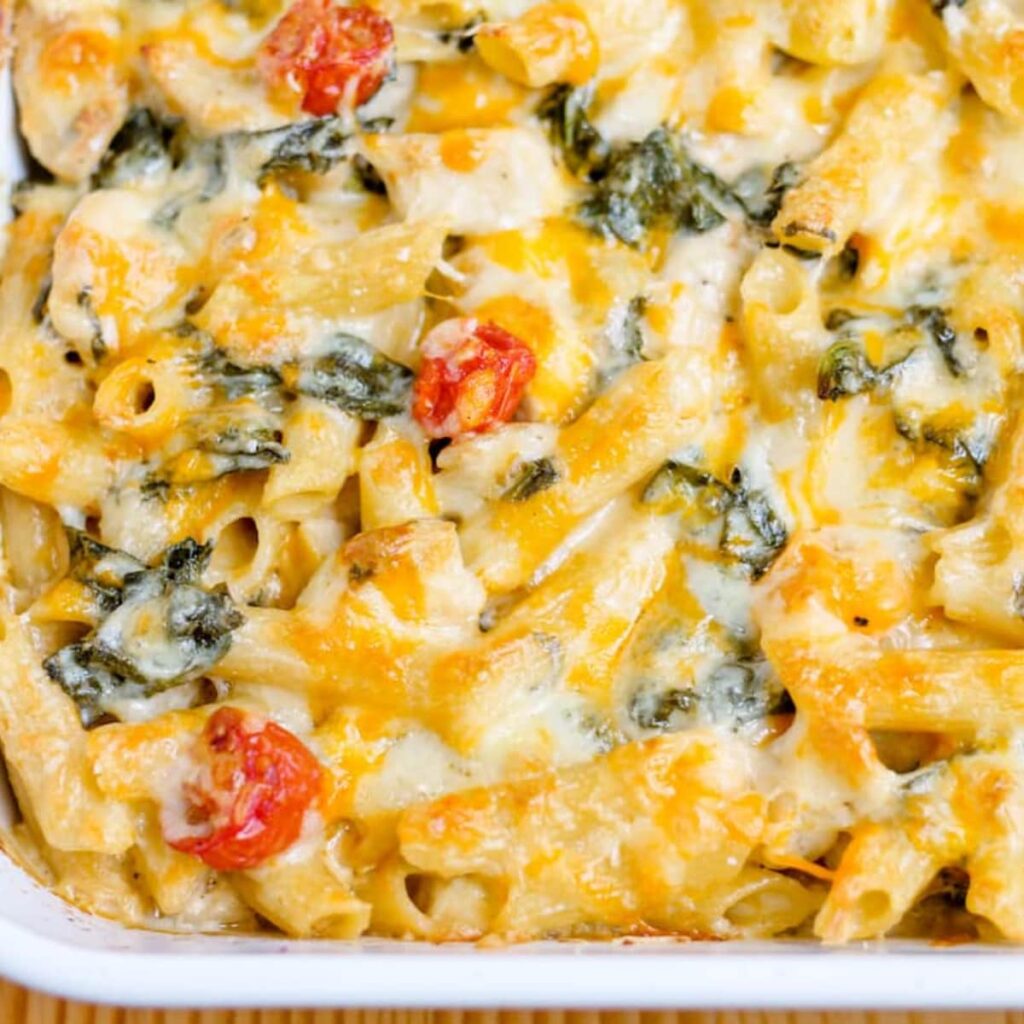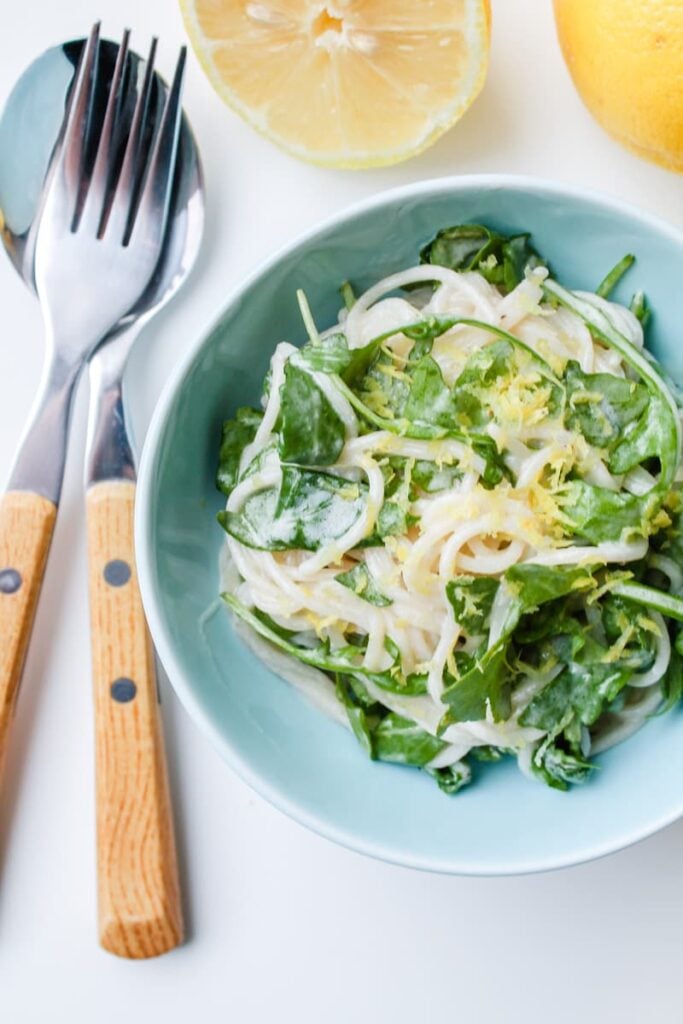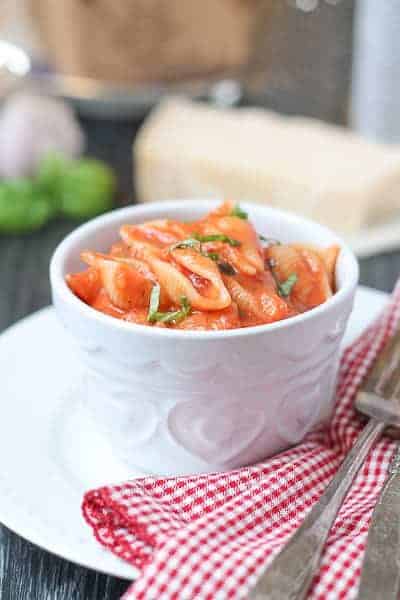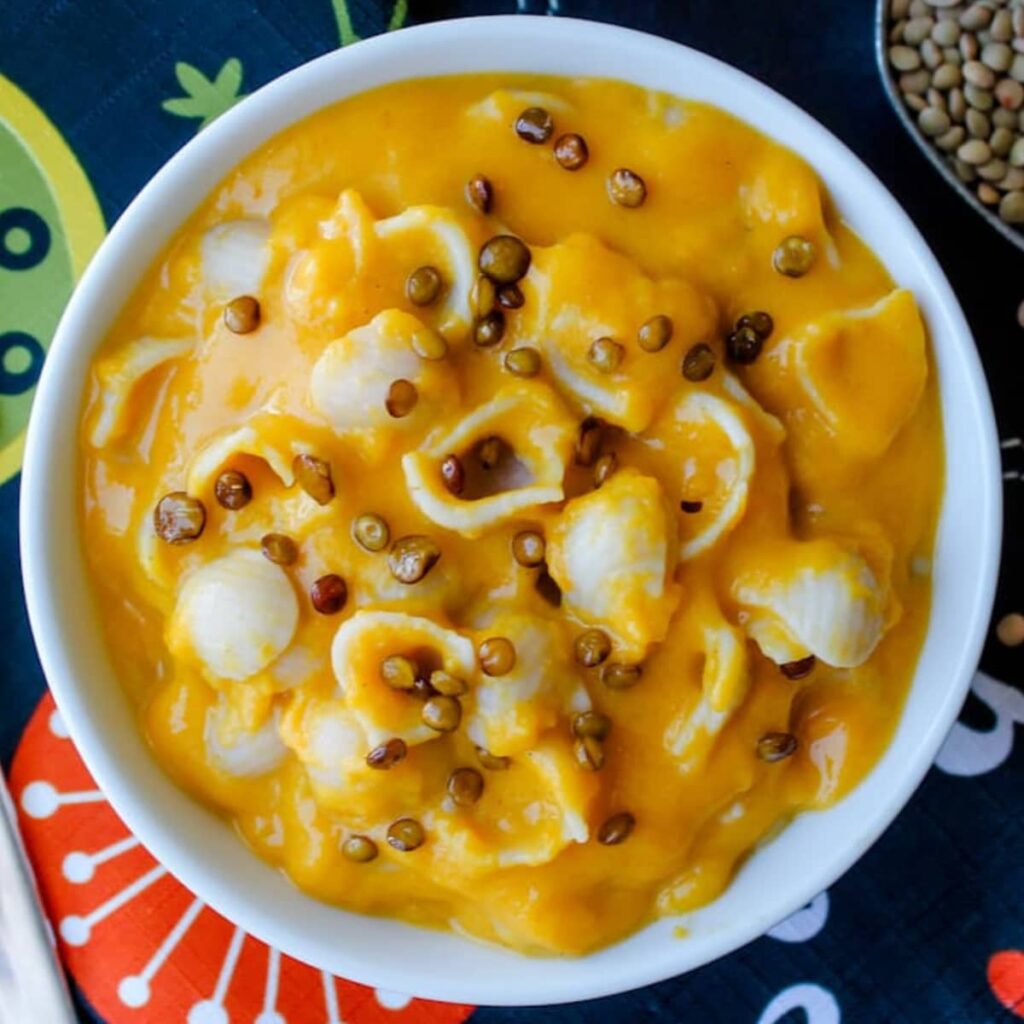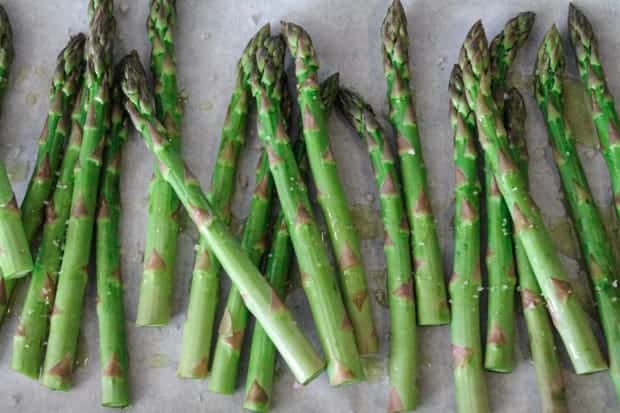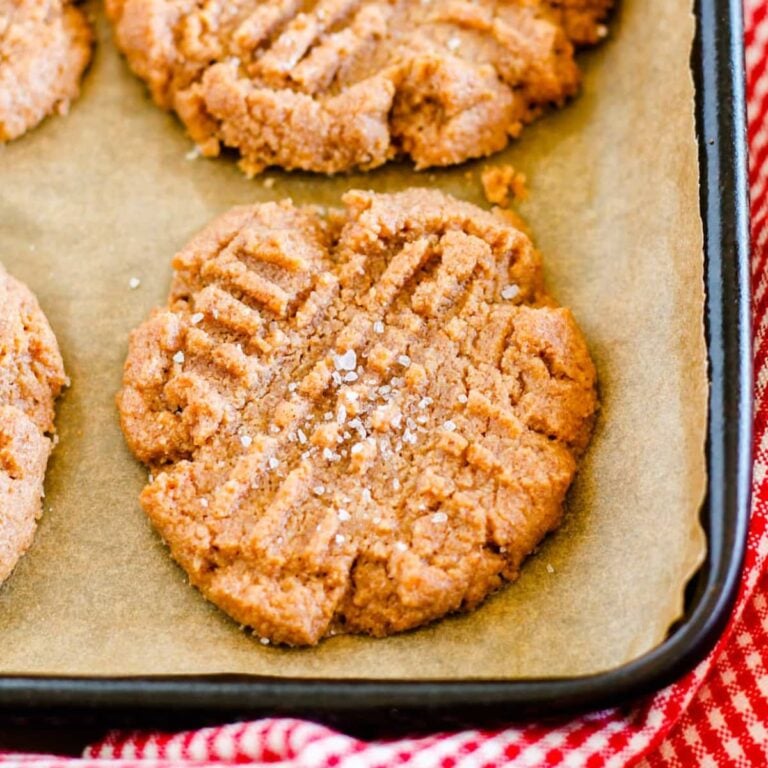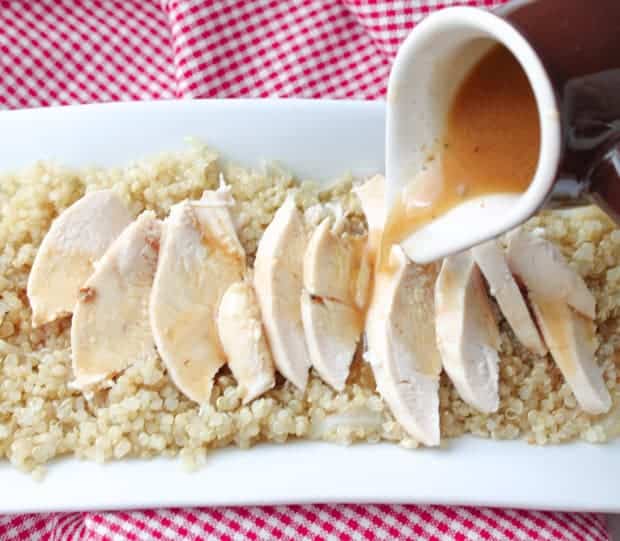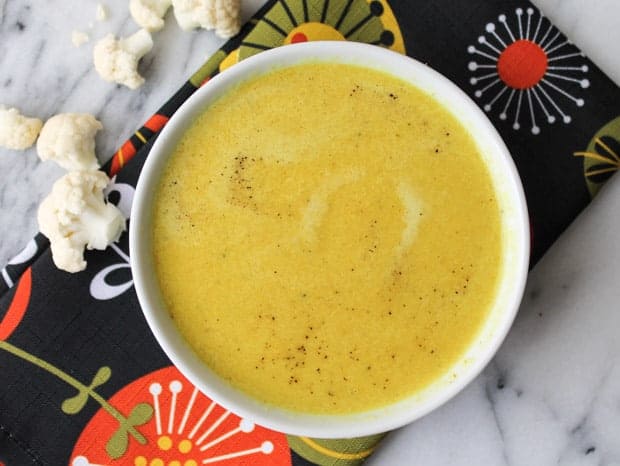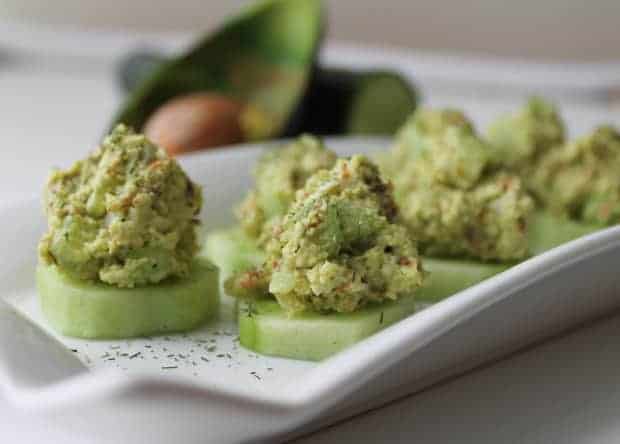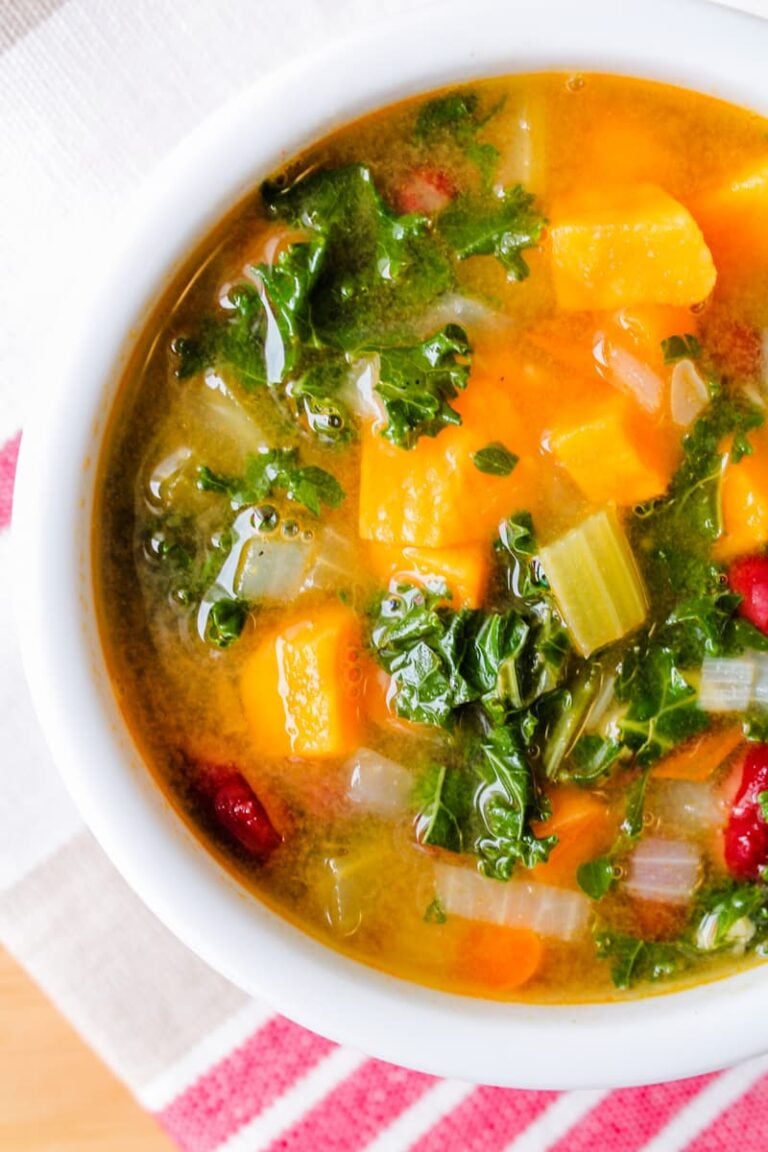Beyond Wheat: Gluten-free Pasta Alternatives
Thankfully, with the rise of gluten-free eating, gluten-free pasta alternatives have risen to the occasion, and the options are now seemingly endless. For pasta lovers everywhere — and who doesn’t love a carb-filled bowl of pasta? — it’s a great time to be alive. We take a look at the expansive selection of gluten-free pasta options now available and help you determine which pasta is best for whichever recipe you have in mind.
As an Amazon Associate, I earn from qualifying purchases.
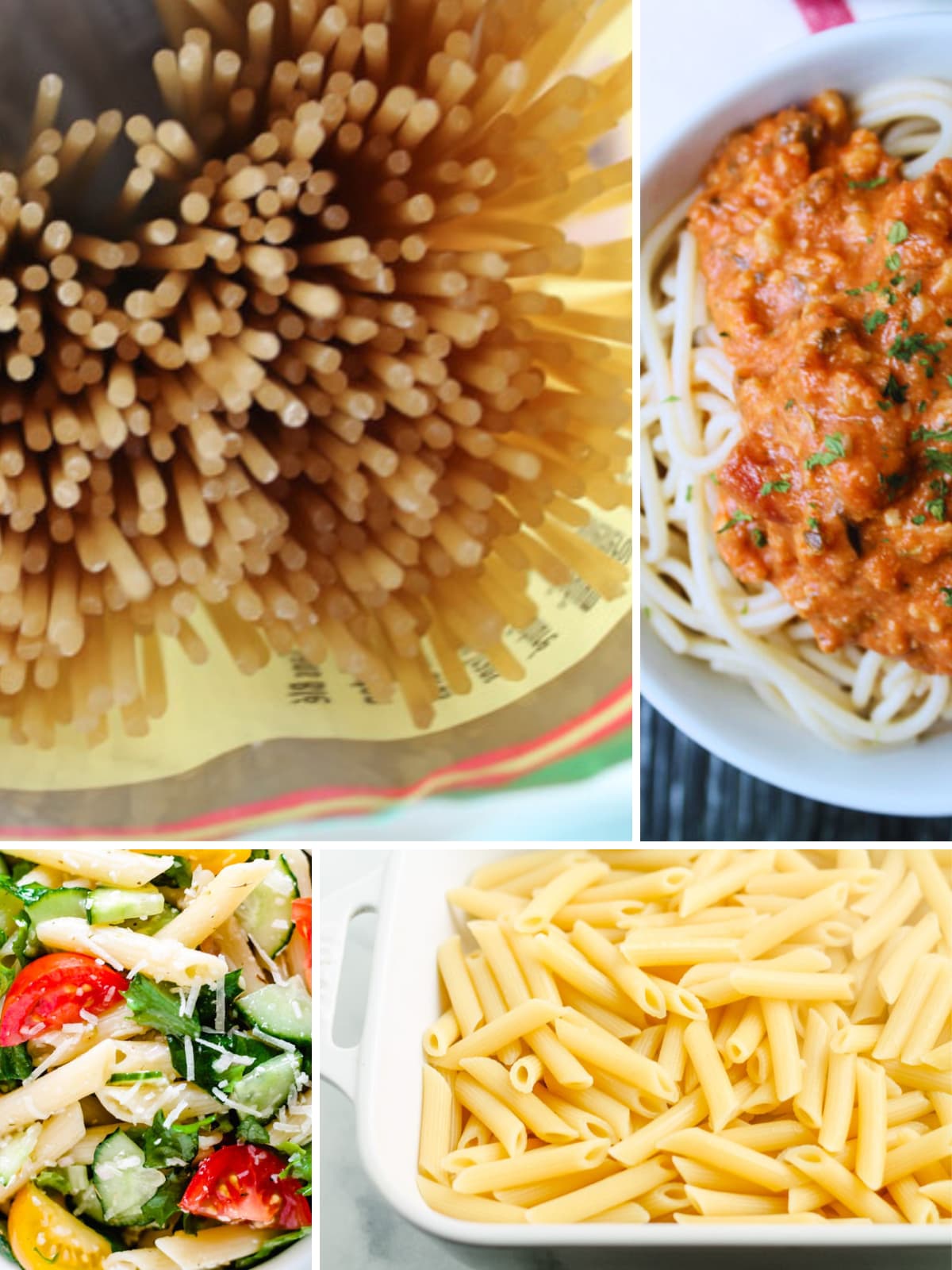
In the not-so-distant past, eating gluten-free, whether by choice or necessity, meant a sorry state of affairs in the pasta aisle of the grocery store. Corn or rice pasta was about as far as the options varied, and trying to find organic or other high-quality brands was akin to looking for a needle in a haystack.
The makings of a good gluten-free pasta
Real pasta — that is, the kind made with wheat — features a straightforward ingredient list. Typically, semolina and/or durum wheat and some fortified vitamins are all you’ll find on the label. If you’ve ever made homemade pasta, recipes often call for just flour, salt and sometimes, egg. This simplicity is the key.
The same concept applies to good gluten-free pasta. Oftentimes, many alternative options, whether it’s non-dairy milk or plant-based meat, contain ingredient lists a mile long. These ingredients tend to include thickeners, emulsifiers, preservatives and other additives that are included in an attempt to replicate the properties of the real food.
When it comes to gluten-free pasta, however, three things make it a good choice:
- A straightforward ingredient list, void of numerous additives.
- Pasta that keeps its shape when cooked.
- A springy, textured bite that doesn’t turn to mush in your mouth.
Rice and corn-based gluten-free pasta
Most pasta eaters would not even know these options are gluten-free. Corn and rice, while less nutrient dense than some other gluten-free alternatives, are excellent taste and texture substitutes for wheat.
Brown rice pasta
Brown rice pasta, along with corn pasta, could be considered the OG of gluten-free pasta alternatives. This option has been around the longest, and for good reason. Both its mild flavor and chewy texture does a very good job of replicating traditional wheat pasta. Rice pasta is great for pasta salads as it holds up well to refrigeration and dressings without becoming mushy.
We love brown rice pasta in spaghetti form with this yummy Walnut Sauce.
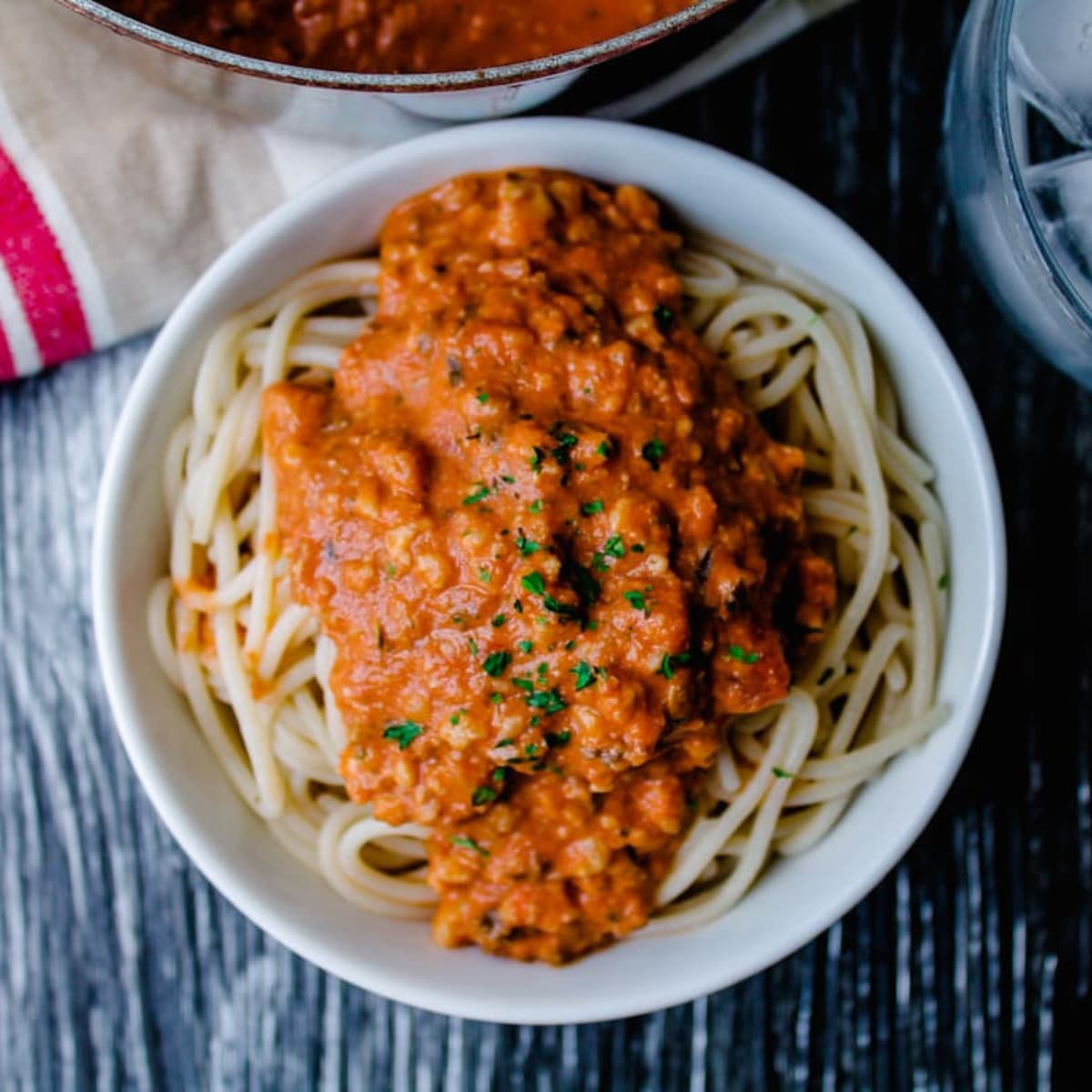
Brands like Jovial make high-quality brown rice pasta in a variety of shapes with just two ingredients: organic brown rice and water.
“Jovial is my favorite gluten-free pasta. It is the one that I’ve found most resembles traditional Italian semolina pasta when you cook it both in terms of taste and texture.”
— Michelle Price, Honest and Truly
- USDA Certified Organic, Non-GMO, and tested for glyphosate.
- Made by pasta artisans in Italy.
Corn pasta
This type of gluten-free pasta is often blended with rice or quinoa. You’ll find it as the standard option for most major brands, and once you taste it, you’ll know why. Corn pasta, especially when blended with rice, is almost a dead-ringer for wheat pasta.
Make sure to salt the water well for flavor, but other than that, this type of gluten-free pasta needs little else. You’ll find it sturdy and very capable of standing up to thick and hearty pasta sauces like a good lamb bolognese.
Legume pasta options
Legume pastas, made from ingredients like chickpeas, lentils, soybeans and peas, can be found mixed or standalone. They are notably nutritious, providing ample protein and fiber, and have a more robust flavor compared to other gluten-free pastas like rice or corn-based varieties.
Chickpea pasta
Chickpea pasta is newer on the gluten-free scene, mostly thanks to the brand, Banza, and its suite of chickpea products ranging from pasta to pizza crust. Chickpea pasta offers a bit more nutrition than corn and rice pasta options in terms of protein and fiber.
- High-protein, low-carb pasta, and gluten-free pasta.
- Low glycemic, high-fiber alternative.
While some critics will point out the mild chickpea flavor and slightly chewier-than-normal texture, advocates of this type of gluten-free pasta like to focus on the fact that it’s essentially a two-for-one deal when it comes to macronutrients.
For a 57g serving size, chickpea pasta offers 14g of protein, 8g of fiber and 32g of carbohydrates. Compared to wheat pasta, chickpea pasta is higher in protein and lower in carbohydrates, making it a more balanced meal option.
Two caveats about chickpea pasta to be aware of include:
- Watch carefully when cooking this type of pasta, as it tends to foam and boil over very easily and quickly.
- Ingredient lists, depending on the brand, can be extensive. Gums and additives are often used to create the right texture in chickpea products. Read labels before purchasing.
“I love GF pasta that is fortified with veggies like red beans or black beans. That way, we get our carbs with a side of protein!”
— Ksenia Prints, At the Immigrant’s Table
Lentil pasta
Lentil pasta, particularly red lentil pasta, has risen in popularity lately for a similar reason as chickpea pasta, its noteworthy nutrition. Similar to chickpea pasta, red lentil pasta offers high protein amounts per serving. Where this gluten-free pasta choice outshines other legume pasta types, however, is in liquids. Red lentil pasta is an excellent choice for adding to soups or broths. This pasta can maintain its sturdiness excellently when submerged in liquid for some time.
Buckwheat
Buckwheat pasta, also known as “soba” noodles in Japanese cuisine, deserves its own category of gluten-free pasta. Along with rice or millet noodles, it makes excellent substitutions for ramen and can be used in a plethora of Asian noodle soups, stir-fries, and dishes, like this Vegan Pad Thai and these spicy udon noodles.
They’re also great in cold salads. Lotus Foods makes a variety of these Asian-style organic, gluten-free noodle options that are worth seeking out if you enjoy Asian cuisine as a gluten-free eater.
- Organic, whole grain, gluten-free, non-GMO, and vegan.
- Gluten-free Japanese-style soba noodles.
Cassava pasta
Cassava is the root that tapioca comes from. This type of gluten-free pasta alternative has gained popularity in niche diets such as AIP, or autoimmune paleo protocol, since it’s not only gluten-free but also grain-free, lectin-free and legume-free.
Cassava pasta is a bit softer than other gluten-free options. Take care not to overcook it. It’s also best eaten immediately, not as leftovers.
Nut pasta
While you may have become used to seeing nut flours in baking, they can also be used for making a gluten-free pasta option. The brand, Cappellos, has capitalized on this market, catering to paleo eaters looking for pasta that’s not only gluten-free but legume-free as well.
While almond flour pasta comes in many shapes, they’re most often used as lasagna sheets. Take note that this type of pasta often includes eggs in the ingredient list and is not suitable for anyone with a nut allergy.
- Grain-Free and Gluten-Free
- Certified Paleo
- Non-GMO Project Verified.
- No boil lasagna sheets.
Gluten Free Pasta Recipes
Wrapping it up
The world of gluten-free eating has changed dramatically in the past decade. Thankfully, building out a gluten-free pantry now offers many possibilities that didn’t exist just a few years ago. Nothing better exemplifies that than the myriad of gluten-free pasta on the market today.
Whether you’re shopping in a remote, rural grocery store or a high-end specialty foods store, the choices are vast and no longer compromise on taste or nutrition. So when spaghetti squash or veggie noodles just won’t fill the pasta void, options like bean, lentil, cassava and buckwheat pasta can now step in for a comforting and satisfying gluten-free meal.
This article originally appeared on Food Drink Life.
